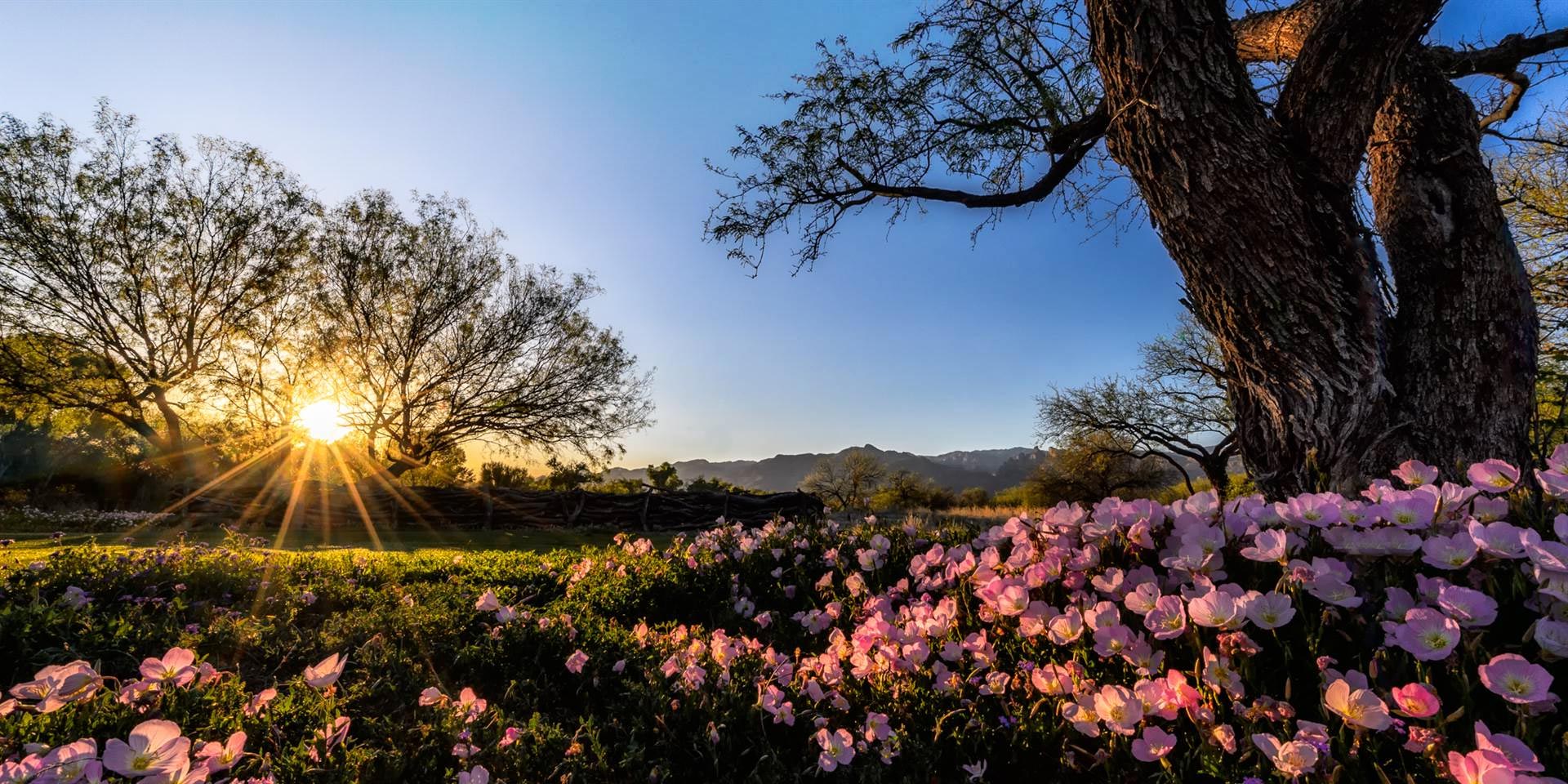Rachel Burke presents: “Mapping nectarivorous bat habitat from the nectary up”
Posted Jul 22, 2021
Rachel Burke – Mapping nectarivorous bat habitat from the nectary up; implications for Agave conservation in the southwestern U.S. From a Flagstaff chapter presentation in July, 2021.
The lesser long-nosed bat (Leptonycteris yerbabuenae), Mexican long-nosed bat (Leptonycteris nivalis), and the Mexican long-tongued bat (Choeronycteris mexicana) undertake long‐distance migrations from south‐central Mexico to the southwestern United States. Following a corridor of seasonal food availability, these bats play important ecological roles as pollinators and seed dispersers throughout their ranges. While these bats feed on many species of plants throughout their ranges, Palmer’s agave (Agave palmeri) is among one of the most important food sources in the summer portion of their range. As part of a landscape scale project to better understand summer habitat and inform management for these bat species, I mapped the distribution of Agave palmeri at multiple scales and assess summer habitat quality via plant density and potential nectar production. This information can help managers better protect important foraging grounds for these bats and identify potential restoration sites for Agave palmeri.
Rachel Burke is a biologist based in Las Cruces, New Mexico. She has a master’s in Fish, Wildlife, and Conservation Ecology, as well as in Applied Geography, both from New Mexico State University. She currently works as a wildlife biologist for the U.S. Bureau of Land Management and has spent several years conducting botanical surveys and ecological monitoring across the Chihuahuan Desert. When not working, she can be found cultivating native plants in her garden, making pottery in her basement, or hiking with her dogs.

